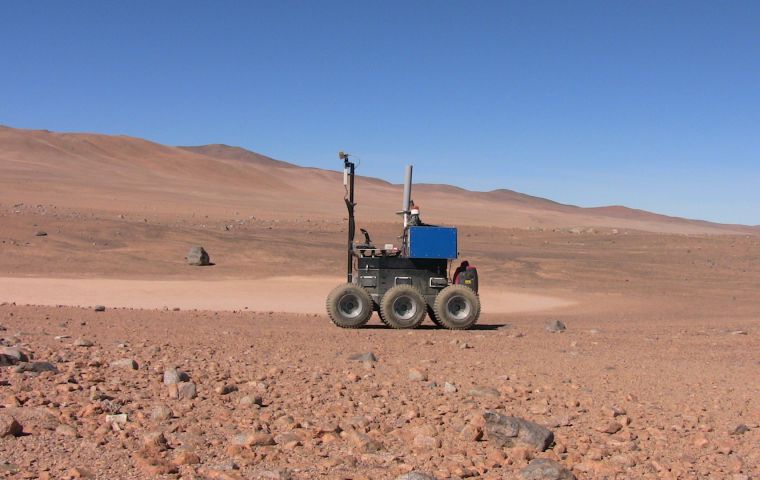
Some of the technological innovations that allowed this achievement are the technology for thermal protection shields that prevents damage to ships, when they face temperatures above 1000✬ when entering the atmosphere.Īnother surprising and cutting-edge microtechnology is the control nozzles and balance wings that prevent the spacecraft from rotating axially and guarantee stability to further improve the reliability of the thermal insulation of the entry into the Martian atmosphere to make this process even more efficient. The Chinese space agency is currently a benchmark in the development of technology applied to space exploration with successful projects successfully executed, such as the exploration of the moon, a pioneer for deep space exploration and the successful arrival on Mars with the Zhurong robot., where cutting-edge technological innovations were applied such as the first automatic control of the lander in the history of mankind. Which is the first large-scale liquid hydrogen and oxygen kerosene made by China. This has only been achieved by NASA's delta 4 heavy rockets, SpaceX heavy rocket, Falcon rocket and China's long March 5 rocket. And it will be decisive for future human-manned missions.Ĭurrently, there are very few rockets with the appropriate technology to lift and send more than 5 tons from planet Earth.

This being a determining element since rocket technology is what allows robots, equipment, satellites, etc. This advanced communications network allows from planet Earth to control the exploration of the Rovers robots on the Martian surface, control the probes in orbit, adjust the direction of the heavy rockets and receive the images and information that the robots send from the Martian soil.Ĭhina's recent modern interplanetary telecommunications network has the ability to control highly heavy rockets weighing 5 tons in total, about 4.9 times heavier than the American Rover, in terms of total launch payload weight.

Laying in this way, a solid base for the capabilities of satellite orbit control and heavy rocket launches. It has a geographic location roughly symmetrical with China throughout, in connection and collaboration with other parts of the planet for the development of China's deep space exploration network. Interplanetary telecommunications network. That allowed to build the first deep space control station in Argentina. The most recently created and successfully used interplanetary telecommunications network included an agreement between China and the Argentine government. These kinds of sophisticated telecommunication walls are critical to any space exploration mission, not just missions that have been successfully sent to Mars. Which among many other functions, allow the remote control of satellites for the communication of devices and rovers robots before, during and after their arrival on the surface of the planet Mars. Of which there are only two really complete in the world, one created by the US and the other by China. Interplanetary telecommunications networkĪ basic technology to control any exploration mission to the planet Mars and to achieve a future mission manned by humans, is the interplanetary telecommunications network.

Let's see in detail what these technologies are and how they work, and the advances made for the closer arrival of humans to the red planet. To get to Mars from Earth, many key technologies are needed, including an interplanetary telecommunications network that connects the planet Mars with the Earth, next-generation propellants for launching heavy rockets into satellite orbit and towards the Martian surface, capabilities control, atmospheric reentry of special ships and autonomous technologies for a correct and successful landing or landing. The missions of the former Soviet Union and the rest of Europe have not been successful when reaching the surface of the red planet.

Very few countries and missions to Mars arrive successfully. Reaching Mars has been, is and will be extremely difficult, since only 50% of the recorded attempts to reach the Martian surface are successful. The technology applied by means of microelectronics, programming, rockets, robotics and telecommunications are decisive for the human being to achieve the conquest of the planet Mars.


 0 kommentar(er)
0 kommentar(er)
